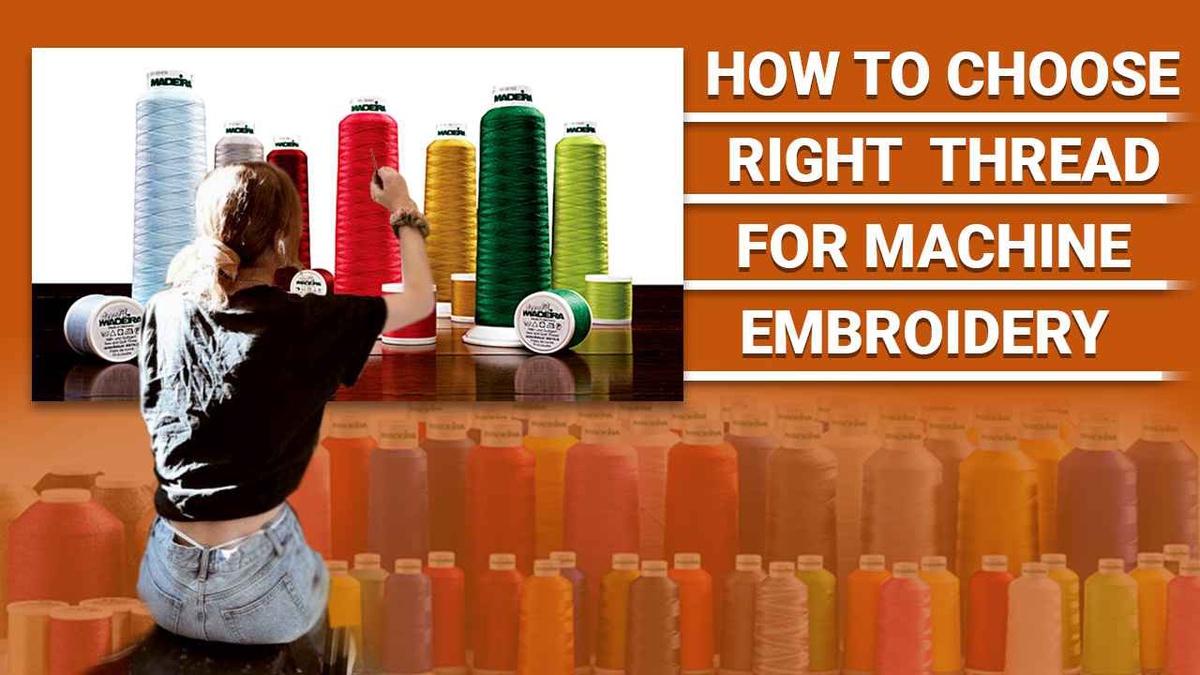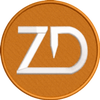Choosing the right thread for machine embroidery is crucial for achieving high-quality results in your projects. Whether you're engaged in online embroidery digitizing or converting images to embroidery files, selecting the appropriate thread can make a significant difference in the appearance and durability of your embroidery designs. Here's a guide on how to choose the right thread for machine embroidery:
1. Consider Thread Type
There are various types of threads available for machine embroidery, each with its unique characteristics and advantages. Common types include:
-
Polyester: Polyester threads are known for their strength, durability, and colorfastness. They are suitable for a wide range of embroidery projects and offer excellent resistance to fading and fraying.
-
Rayon: Rayon threads are prized for their silky sheen and vibrant colors, making them ideal for adding a touch of elegance to embroidery designs. They are softer and more pliable than polyester threads, offering a luxurious look and feel.
-
Metallic: Metallic threads are infused with metallic fibers to create shimmering, metallic effects in embroidery designs. They add a touch of glamour and sophistication to decorative stitches and accents but require special handling to prevent breakage.
-
Cotton: Cotton threads are natural fibers known for their softness and matte appearance. They are suitable for traditional embroidery techniques and delicate fabrics but may lack the sheen and strength of synthetic threads.
2. Assess Thread Weight
Thread weight refers to the thickness or diameter of the thread and is usually indicated by a numerical value. Lower numbers indicate thicker threads, while higher numbers indicate thinner threads. Choose the appropriate thread weight based on the density of your embroidery design, the type of fabric you're stitching on, and the desired outcome. Thicker threads are ideal for bold, decorative stitches, while thinner threads are suitable for intricate details and fine lines.
3. Match Thread Color
Selecting the right thread color is essential for ensuring that your embroidery design pops against the fabric. Match the thread color to the predominant colors in your design, taking into account factors such as fabric color, design complexity, and intended use. If you're unable to find an exact match, opt for a thread color that complements or contrasts with the fabric to create visual interest and dimension.
4. Test Compatibility
Before embarking on a large-scale embroidery project, conduct a test stitch-out using the chosen thread to assess compatibility with your embroidery machine, fabric, and design. Pay attention to factors such as thread tension, stitch quality, and color accuracy to ensure optimal results. Make any necessary adjustments to thread tension or design settings before proceeding with the final embroidery.
5. Consider Budget and Availability
Finally, consider your budget and the availability of the chosen thread. Invest in quality threads from reputable manufacturers to ensure consistent color and quality across your embroidery projects. Take advantage of bulk discounts and promotions to save on costs, especially if you anticipate regular use of certain thread colors or types.
By following these guidelines, you can choose the right thread for machine embroidery and achieve professional-quality results in your projects. Whether you're engaged in online embroidery digitizing or converting images to embroidery files, selecting the appropriate thread is essential for bringing your creative visions to life with precision and flair.
Zdigitizing
We initially established our embroidery digitizing company in 2002, which later expanded to become a worldwide digitizing business. We have a highly-skilled digitizing team capable of handling even the most challenging and complex designs with precision for embroidery digitization.
Our pleasure is to be embroidery digitizers and give embroidery digitizing and vector art services to embroiderers and printers worldwide. Our customers provide us photos of their logos, and we convert them into embroidery formats for use on computerized embroidery machines.
When you interact with Zdigitizing services, you can be sure that you’re working with experts who know what they are doing and how to do the project correctly.
Embroidery digitizing is a process that convert image to embroidery file using embroidery software that allows a machine to understand the needle’s path easily.


No comments yet